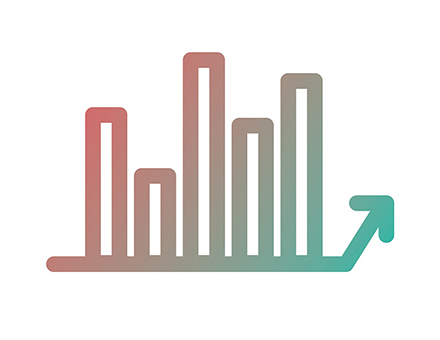SAM is providing frequent updates, guidance, and ways to connect about the effects of the coronavirus pandemic. Visit our Coronavirus Update page for more resources and special reports. For email updates, sign up to receive Headline News, and, if possible, help support the voice of the mountain industry, SAM Magazine, with a subscription or gift subscription for someone in need. Together, #WeGotThis.
SAM Magazine—Denver, April 21, 2020—Western mountain destinations saw a steep plunge in spring bookings and it looks to be a bleak summer, according to the latest report from DestiMetrics, the business intelligence platform of Inntopia. Occupancy this March fell 53.7 percent and revenues were down 55.3 percent, compared to March 2019. Bookings made in March for March through August are down a whopping 246.4 percent year-over-year, as many cancellations were recorded. Western mountain destinations saw a steep plunge in spring bookings and it looks to be a bleak summer, according to the latest report from DestiMetrics, the business intelligence platform of Inntopia.
Western mountain destinations saw a steep plunge in spring bookings and it looks to be a bleak summer, according to the latest report from DestiMetrics, the business intelligence platform of Inntopia.
Of course, this was expected following the complete shutdown of travel in response to the COVID-19 pandemic. The figures are even more dramatic, though, after the West’s promising mid-February numbers.
The aggregated occupancy and revenue data reflects conditions at nearly 300 lodging properties throughout six western states.
“If there is any silver lining for mountain destinations in the midst of this global crisis, it is that a significant majority of winter revenues had already been banked before March 15, when virtually every resort closed,” said Tom Foley, Inntopia senior vice president for Business Operations and Analytics.
For the 2019-20 winter season, as of March 31, occupancy for the six months from November 2019 through April 2020 was down 19.1 percent. While February finished with an increase in occupancy compared to last winter, April is currently down a staggering 94.9 percent.
Average daily rate (ADR) for the winter season is up 5.9 percent from November through April. As a result of that rise and the decline in occupancy, revenue finished down 14.2 percent for the season compared to last year.
“Many resorts can view that revenue decline as being similar to a bad snow year and a variable that is built into budgets,” said Foley. “Unfortunately, this percentage is an aggregate, and not representative of the hardest-hit destinations. And, unlike a poor snow year, there is no realistic potential for a strong summer recovery.”
On-the-books occupancy for May through September is down 25.2 percent, with May down 73.3 percent. ADR for the same period is up a solid 6 percent, though, with year-over-year gains in all months thanks to long-lead reservations. But that won’t offset weak occupancy—aggregated summer revenues are down 20.6 percent compared to last summer.
“Mountain destinations have one significant advantage as we continue to navigate the path forward in these uncertain times,” said Foley. “Guests to mountain resorts are passionate about their destinations in both winter and summer, and even though they may need to cancel and re-book, we know they are committed to their lifestyle vacations, and that will provide a boost for this segment of the tourism industry.”




